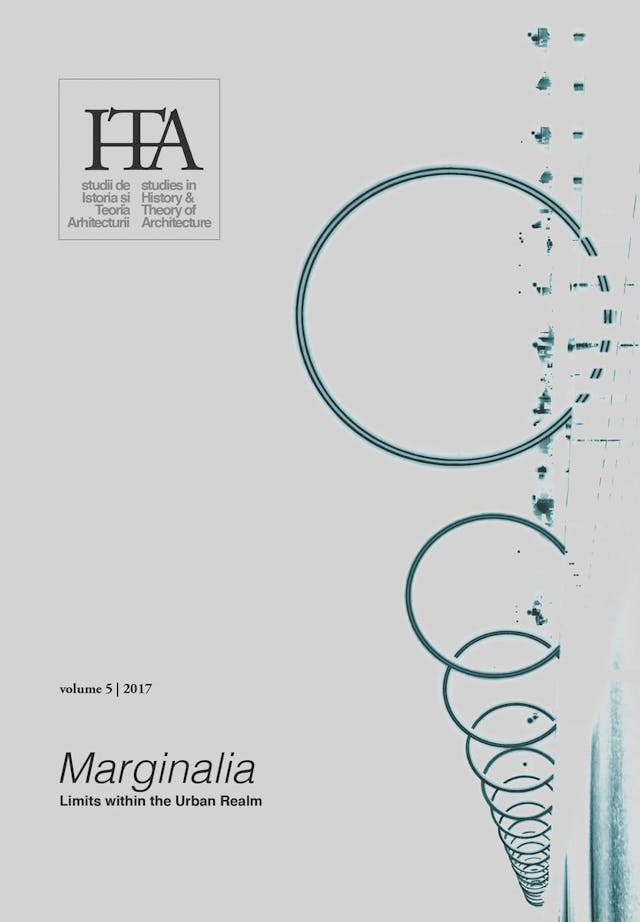The Fiction of the Equal: Boundary Disappearance and Border Neutralization in the American City
by
Paco Mejias Villatoro
&
Tanzil Shafique
Keywords
border
boundary
city
social
church
mall
This paper attempts to explain how the concepts of boundary and border (advanced by Sennett in his article “The Open City”) have evolved in American cities as a way to superficially project an idea of social, economic and racial equality, masquerading a tacit intention of neutralizing the critical sense of the populace. The disappearance of the boundaries (as limit between clearly different fields) is tied to the very origin of the American urban life. The Main Street, the urban seed of most of the American cities, was created through a weak organizational system of loose geometries and untied fabrics where the landscape is continuously filtered in the urban perspectives. In this way, the city refused intentionally to be recognized as the boundary of Nature. On the other hand, the Jeffersonian Grid took command of the outside giving the opposite idea that any piece of Nature could be trespassed at any moment by the artificiality of the Cartesian geometry. The unrecognized boundaries between Urban and Nature resulted in a phenomenon where both entities are blended in a characterless space: the suburban sprawl. When the population is dispersed, the spaces for interaction, the borders, lack the critical mass able to activate them. In this deterritorialized assemblage, social activity disappears from the everyday life and is secluded to very specific buildings, mainly the Mall and the Church. In these spaces, the interaction between people has been neutralized by the organized gathering as part of a scripted ritual with very specific routines. The sacralization of both spaces (either by religious or capitalist doctrines) avoids a free interaction or friction between people as a way to mitigate the neutralization of their critical thinking. This is an invisible way in which the status quo closes itself into a frictionless fake sociality, providing the idea of a fictional equality, thus hiding a deeper disenfranchisement that renders the city fragile.
Published in

Chicago citation style
DOI:
10.54508/sITA.5.11